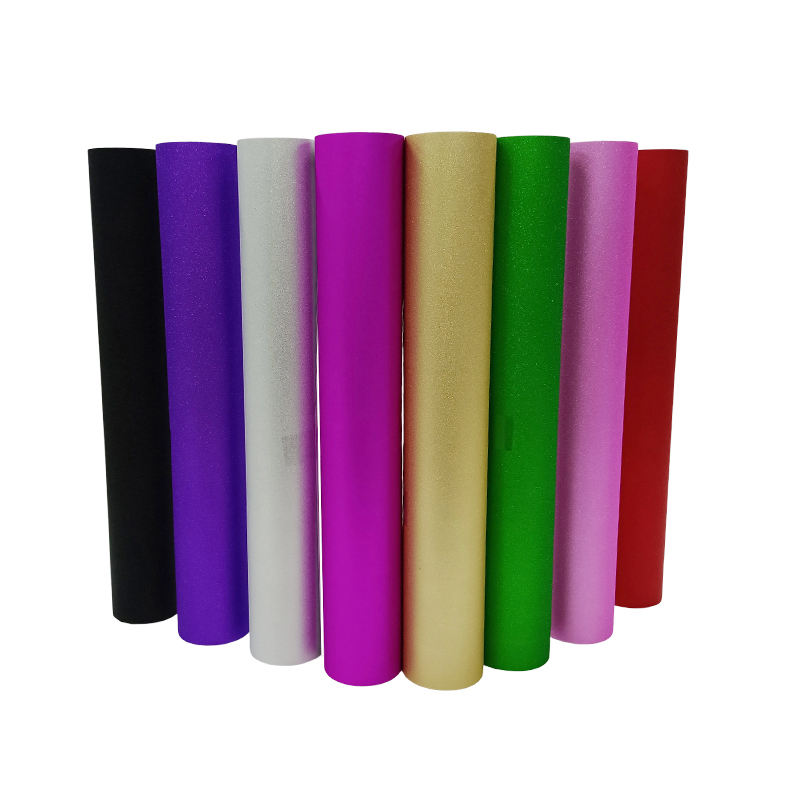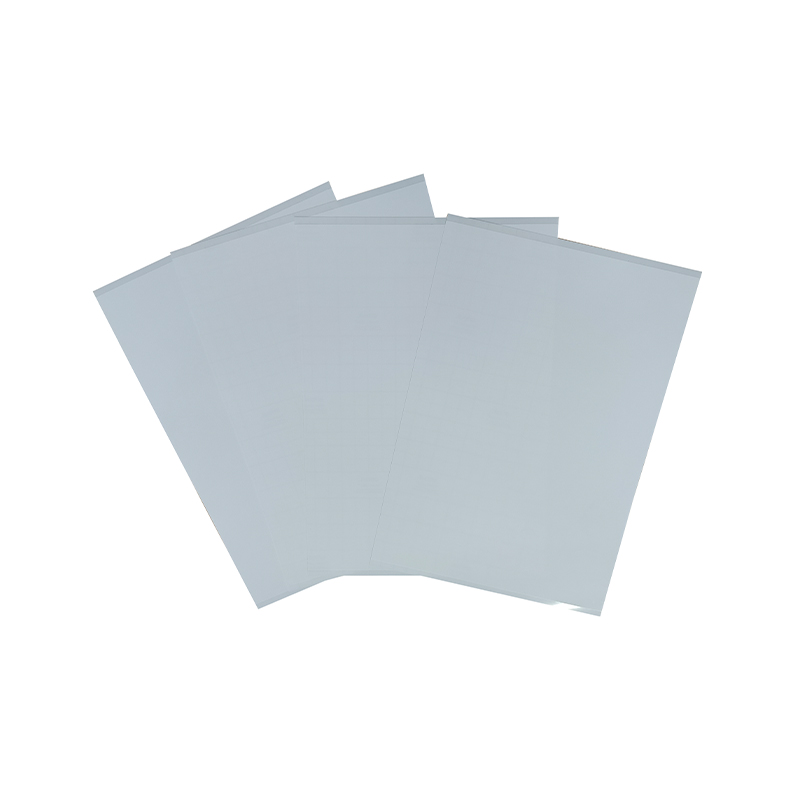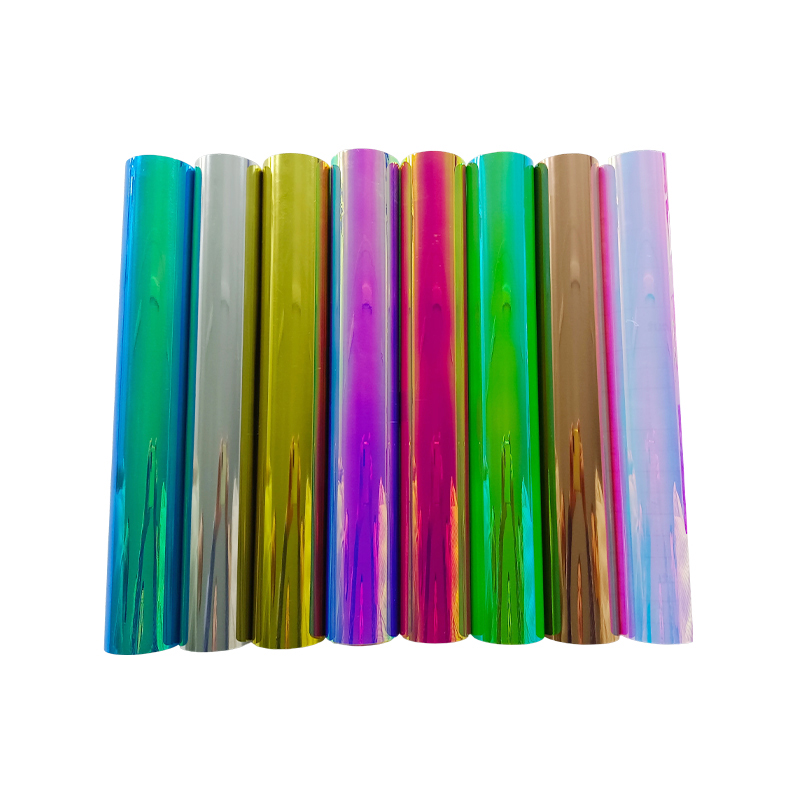How can we ensure that anti-counterfeiting labels remain intact during transportation?
Release Time : 2025-10-28
Across the long supply chain from production to consumer, anti-counterfeiting labels are not only a symbol of brand identity but also a crucial line of defense, guaranteeing product authenticity, preventing counterfeiting, and maintaining market order. However, if labels become detached, warped, damaged, or even rendered ineffective during transportation due to vibration, temperature fluctuations, compression, or moisture, their anti-counterfeiting function becomes ineffective. Therefore, ensuring that anti-counterfeiting labels remain intact during transportation has become a critical issue that brands and packaging engineers must address.
The stability of anti-counterfeiting labels depends primarily on the scientific nature of their material structure. High-quality anti-counterfeiting labels typically utilize a multi-layer composite material design, consisting of a surface layer, an intermediate functional layer, and a base adhesive, with each layer performing specific functions. The surface layer must be sufficiently scratch-resistant, tear-resistant, and weather-resistant to withstand friction, collisions, and environmental changes during transportation. Whether made of paper, PET film, or specialized synthetic materials, each is reinforced to resist wrinkling, cracking, or fading during frequent handling. Intermediate layers may incorporate anti-counterfeiting elements such as holographic patterns, temperature-sensitive inks, microtext, or QR codes. These functional layers are sealed within the material to prevent wear and tear.
The adhesive system is central to ensuring secure label adhesion. Specialized adhesives are custom-formulated for different packaging materials—such as glass, plastic, metal, or paper—to ensure a strong and durable bond to various surfaces. This adhesive not only offers strong initial tack, ensuring rapid fixation after application, but also exhibits excellent retention, resisting debonding due to stress release even during prolonged transportation, which can be challenging due to vibration and temperature fluctuations. Some high-end labels utilize irreversible bonding technology, meaning that once applied, they cannot be completely removed. Forcible removal can result in the label shattering or leaving a "void" mark, essentially eliminating the possibility of recycling.
Environmental adaptability is also crucial to ensuring transport stability. Goods may experience a variety of climatic conditions, including high-temperature warehouses, cold chains, humid rainy seasons, and dry deserts. Anti-counterfeiting labels must maintain stable performance in these extreme environments. The material undergoes temperature, humidity, and UV resistance testing to ensure it resists shrinkage and bubbling under temperature fluctuations, moisture absorption and delamination in humid environments, and fading and deformation under strong sunlight. This all-weather adaptability ensures the labels remain intact regardless of their intended destination.
In addition, the standardization of the labeling process directly impacts the final result. Automated labeling equipment ensures precise label placement and uniform pressure, avoiding bubbles, wrinkles, and edge lift common with manual labeling. Label edges feature rounded corners or invisible cuts to minimize the risk of edge lift. For curved or shaped packaging, the label material exhibits excellent ductility, allowing it to adhere seamlessly to surfaces without gaps.
In logistics, anti-counterfeiting labels also need to withstand stacking pressure, transportation vibration, and loading and unloading shock. Therefore, their surfaces are often treated with a scratch-resistant finish or coated with a protective film for enhanced wear resistance. Some labels are even integrated into the packaging structure, such as being embedded inside the box lid or positioned in a recessed area to avoid direct friction. For high-value products, a double layer of protection is even employed: an outer packaging seal label and an inner box anti-counterfeiting label are linked together to ensure that any anomalies are detected.
More importantly, the integrity of the anti-counterfeiting label itself serves as a security signal. Upon receipt, consumers can initially determine whether the product has been swapped or tampered with by observing whether the label is flat, damaged, or peeling. An intact label not only demonstrates its functionality but also visually communicates the brand's commitment to quality.
In summary, ensuring that the anti-counterfeiting label remains intact and undamaged during transportation relies on the coordinated efforts of material science, adhesive technology, environmental compatibility, and production processes. It is more than just a piece of paper affixed to the packaging; it is a meticulously designed protection system, silently safeguarding brand reputation and consumer trust during its invisible journey.
The stability of anti-counterfeiting labels depends primarily on the scientific nature of their material structure. High-quality anti-counterfeiting labels typically utilize a multi-layer composite material design, consisting of a surface layer, an intermediate functional layer, and a base adhesive, with each layer performing specific functions. The surface layer must be sufficiently scratch-resistant, tear-resistant, and weather-resistant to withstand friction, collisions, and environmental changes during transportation. Whether made of paper, PET film, or specialized synthetic materials, each is reinforced to resist wrinkling, cracking, or fading during frequent handling. Intermediate layers may incorporate anti-counterfeiting elements such as holographic patterns, temperature-sensitive inks, microtext, or QR codes. These functional layers are sealed within the material to prevent wear and tear.
The adhesive system is central to ensuring secure label adhesion. Specialized adhesives are custom-formulated for different packaging materials—such as glass, plastic, metal, or paper—to ensure a strong and durable bond to various surfaces. This adhesive not only offers strong initial tack, ensuring rapid fixation after application, but also exhibits excellent retention, resisting debonding due to stress release even during prolonged transportation, which can be challenging due to vibration and temperature fluctuations. Some high-end labels utilize irreversible bonding technology, meaning that once applied, they cannot be completely removed. Forcible removal can result in the label shattering or leaving a "void" mark, essentially eliminating the possibility of recycling.
Environmental adaptability is also crucial to ensuring transport stability. Goods may experience a variety of climatic conditions, including high-temperature warehouses, cold chains, humid rainy seasons, and dry deserts. Anti-counterfeiting labels must maintain stable performance in these extreme environments. The material undergoes temperature, humidity, and UV resistance testing to ensure it resists shrinkage and bubbling under temperature fluctuations, moisture absorption and delamination in humid environments, and fading and deformation under strong sunlight. This all-weather adaptability ensures the labels remain intact regardless of their intended destination.
In addition, the standardization of the labeling process directly impacts the final result. Automated labeling equipment ensures precise label placement and uniform pressure, avoiding bubbles, wrinkles, and edge lift common with manual labeling. Label edges feature rounded corners or invisible cuts to minimize the risk of edge lift. For curved or shaped packaging, the label material exhibits excellent ductility, allowing it to adhere seamlessly to surfaces without gaps.
In logistics, anti-counterfeiting labels also need to withstand stacking pressure, transportation vibration, and loading and unloading shock. Therefore, their surfaces are often treated with a scratch-resistant finish or coated with a protective film for enhanced wear resistance. Some labels are even integrated into the packaging structure, such as being embedded inside the box lid or positioned in a recessed area to avoid direct friction. For high-value products, a double layer of protection is even employed: an outer packaging seal label and an inner box anti-counterfeiting label are linked together to ensure that any anomalies are detected.
More importantly, the integrity of the anti-counterfeiting label itself serves as a security signal. Upon receipt, consumers can initially determine whether the product has been swapped or tampered with by observing whether the label is flat, damaged, or peeling. An intact label not only demonstrates its functionality but also visually communicates the brand's commitment to quality.
In summary, ensuring that the anti-counterfeiting label remains intact and undamaged during transportation relies on the coordinated efforts of material science, adhesive technology, environmental compatibility, and production processes. It is more than just a piece of paper affixed to the packaging; it is a meticulously designed protection system, silently safeguarding brand reputation and consumer trust during its invisible journey.







